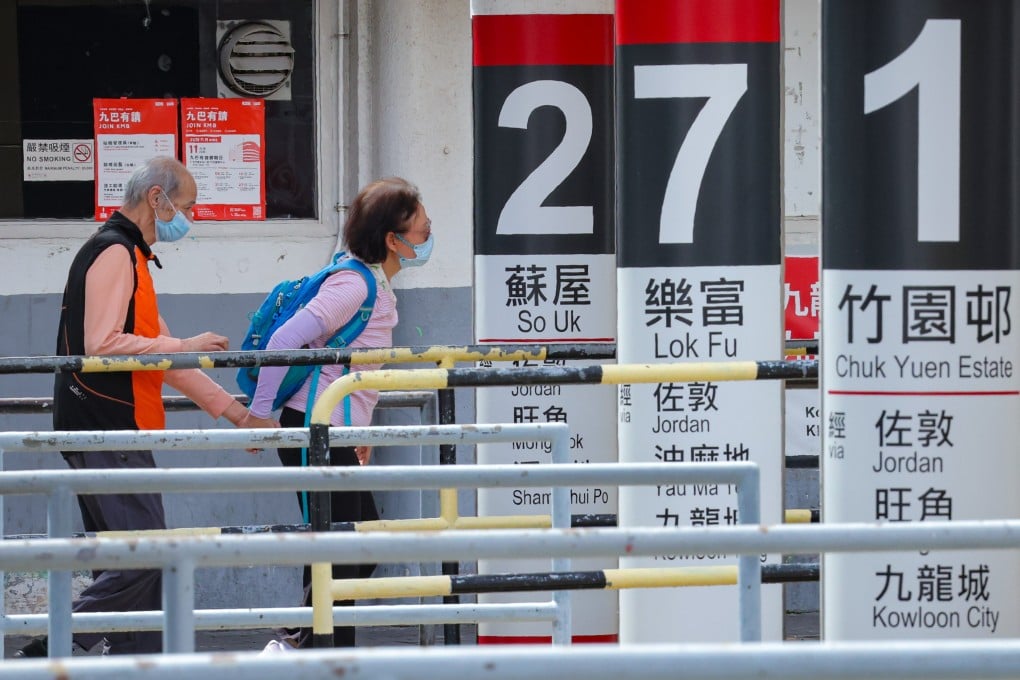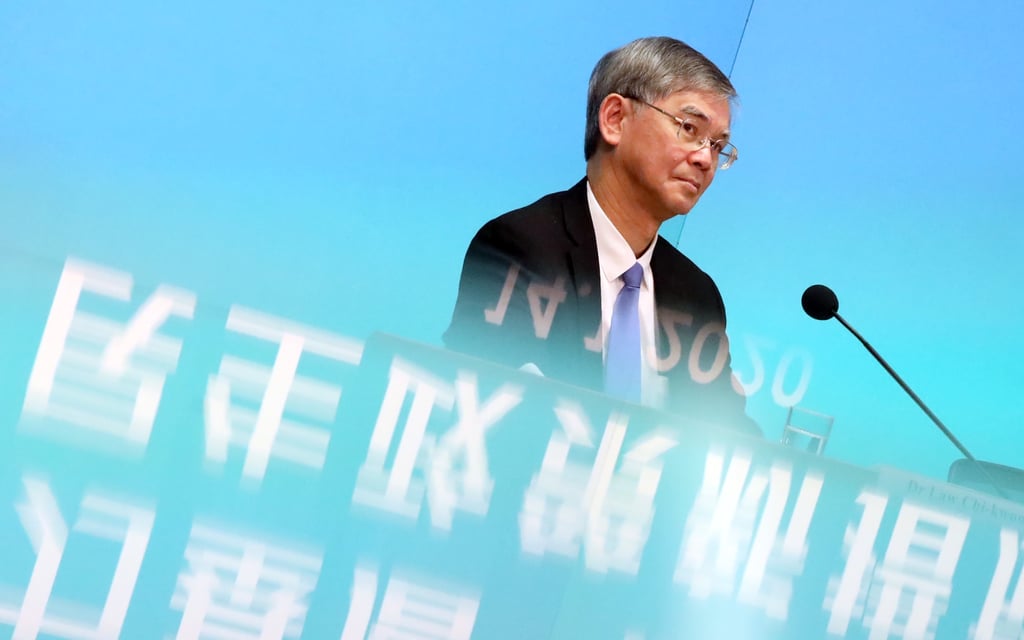Hong Kong can consider raising HK$2 fare in transport subsidy scheme or launch proportional discount: ex-welfare chief
- Law Chi-kwong expanded the HK$2 scheme two years ago by lowering age limit to 60 during his tenure as secretary for labour and welfare
- Former official says individuals aged 60 to 64 do not pose significant financial burden on public finances in long run

Hong Kong can consider raising the concessionary fare or introduce a proportional discount under the HK$2 (26 US cents) transport subsidy scheme for elderly residents and those with disabilities, the city’s former welfare chief has suggested.
Law Chi-kwong lowered the eligibility age of the scheme, which allows beneficiaries to pay HK$2 per trip on designated public transport, from 65 to 60 during his tenure as secretary for labour and welfare that ended in 2022.
In an interview with the Post, Law defended the move, saying that individuals aged 60 to 64 would not pose a significant financial burden on public finances as the size of the demographic would shrink over time.

Financial Secretary Paul Chan Mo-po revealed on Wednesday that the city’s ballooning deficit reached HK$101.6 billion (US$17.4 billion) this financial year and announced plans to review the HK$2 scheme, along with a public transport fare subsidy scheme which did not impose age or income limits on beneficiaries.
The public transport fare subsidy scheme, introduced in 2019, provides subsidies amounting to one-third of commuters’ transport expenses in excess of HK$400, subject to a maximum of HK$400 each month.
Chan said the government had “no intention” of cancelling the two programmes, but hoped the review, to be completed within the year, would enable the schemes to operate in a “financially sustainable manner” after a significant increase in expenditure over the past few years.
The finance chief on Thursday said the government would not change the eligibility age of the HK$2 scheme.